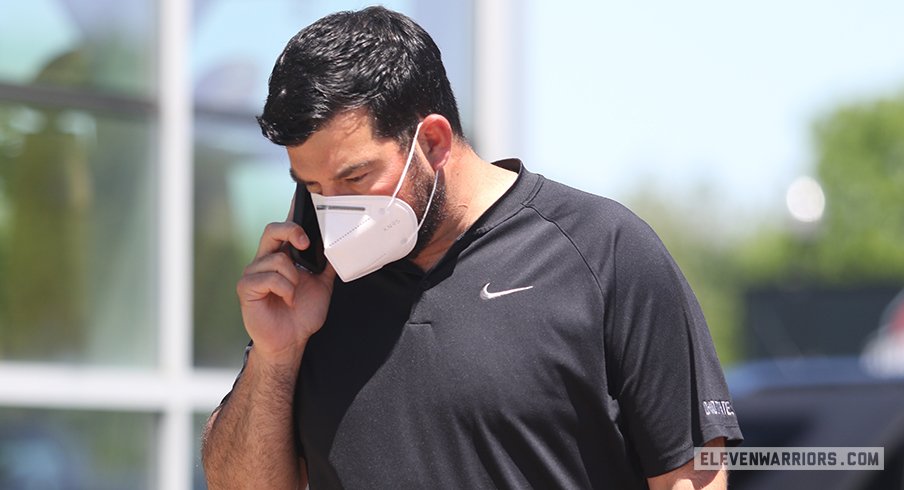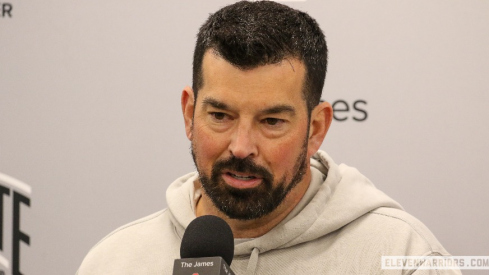Ohio State halted all voluntary workouts Wednesday evening after an unspecified number of student-athletes tested positive for COVID-19. In theory, stopping workouts will allow for COVID-positive athletes to be isolated, and for the sanitation of the athletic facilities.
So, why not let the COVID-negative athletes continue to attend workouts?
With a cluster of cases, the COVID-negative athletes will be protected by the decision to pause workouts because there is a risk of “false negative” test results. If an asymptomatic athlete tests negative for COVID, but the test is a false negative, this means the athlete is actually a carrier of the virus but the test had an error or there wasn’t enough viral material on the collection swab to flag the system to print out a positive result. A false negative result rate is a known error of many viral assay tests including the SARS-CoV-2 test. Some early research suggests if an athlete is tested too soon after contracting the virus, the test is more likely to be read as negative.
In fact, according to the CDC fact sheet on the COVID diagnostic panel, “It is possible for this test to give a negative result that is incorrect (false negative) in some people with COVID-19. This means that you could possibly still have COVID-19 even though the test result is negative. If this is the case, your healthcare provider will consider the test result together with your symptoms, possible exposures, and geographical location of places you have recently traveled) in deciding how to care for you.”
In the example of a cluster of cases amongst Ohio State student-athletes, the possible exposure risk between teammates is considered high. By shutting down all workouts, Ohio State is making an early investment to allow all COVID-positive and potentially COVID-positive athletes to clear the virus. Given the highly infectious nature of the coronavirus, one single false-negative athlete attending workouts would be analogous to accidentally throwing a red shirt into a white load of laundry.
But shouldn’t we just let the whole team contract the virus so it’s over with before the start of the regular season?
Generally, these are healthy young individuals who can successfully fight the virus. While good in theory, this thought is flawed in several aspects. First, it is yet unknown if infection with COVID-19 provides immunity from re-infection. Second, though the majority of young individuals successfully recover from the virus, the small percentage who become very ill is a risk not worth considering. Third, there are immunocompromising conditions prevalent in the young athletic population, like asthma, Type I diabetes, and obesity.
In regards to sanitation, a break from workouts will allow for continued thorough cleaning procedures like those already taking place within all college athletic facilities. While surfaces are not the primary method of transmission for the novel coronavirus, it is possible to spread the infection this way if an athlete touches a contaminated surface – a barbell for example – then touches his nose or mouth.
By temporarily shutting down workouts, Ohio State is attempting a full reset, which is a well-guided decision based on current evidence about the behavior of the novel coronavirus. The pause is currently indefinite, and a return to workouts will be a decision based on several factors prioritizing the well-being of student-athletes, coaches, and staff.
Dr. Aloiya Earl is a sports medicine physician in Dayton. After a writing hiatus while completing her residency at Ohio State and fellowship at the University of Alabama, she has rejoined Eleven Warriors as a medical columnist. She’ll be writing informational articles about injuries, recovery, the implications of COVID-19 on college athletics, and various other sports medicine & sports science topics.


